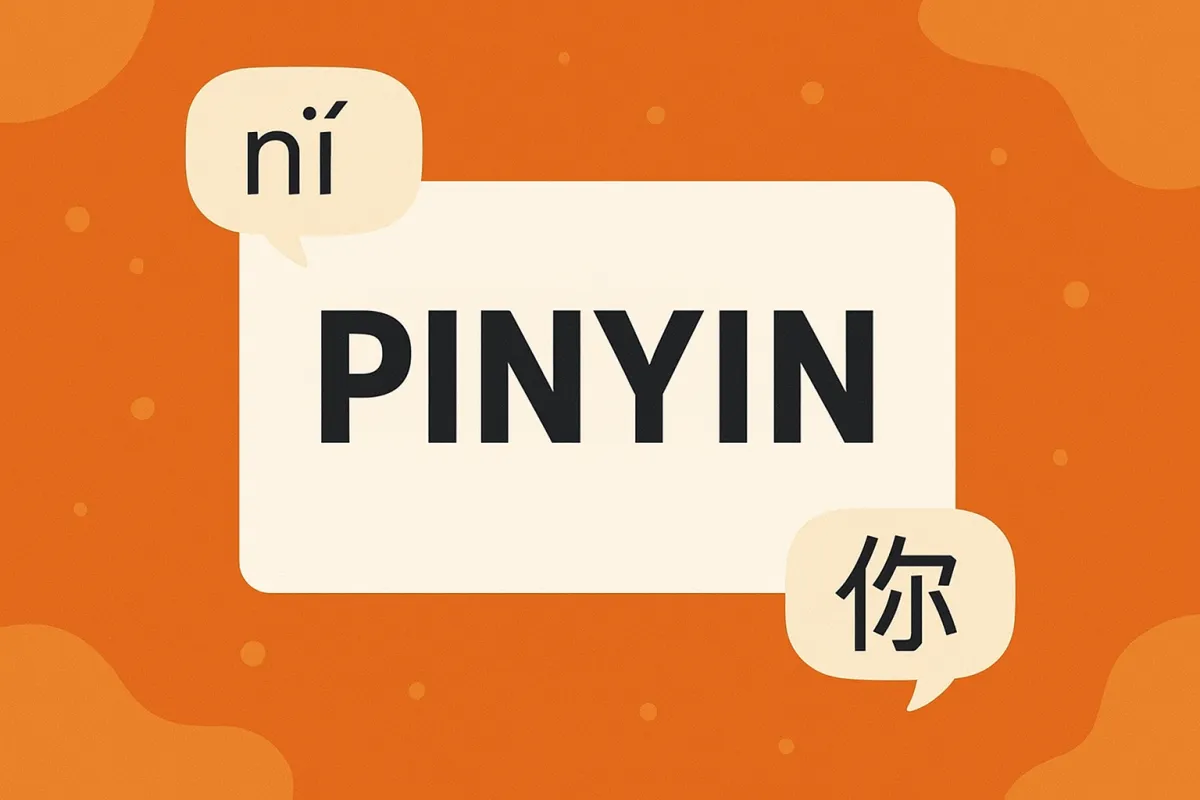
What Is Pinyin?
What Is Pinyin?
Pinyin is the official romanization system for Mandarin Chinese, developed by the Chinese government in the 1950s. It uses the Latin alphabet to represent the pronunciation of Chinese characters, making it an essential tool for language learners and for typing Chinese on computers and smartphones.
Why Is Pinyin Important for Learners?
Pinyin helps learners pronounce Mandarin words correctly. Each Chinese word consists of one or more syllables, and each syllable includes an initial (beginning sound), a final (ending sound), and a tone (the pitch pattern). Pinyin spells out the initials and finals using letters, and represents tones using either diacritical marks (e.g., ā, á, ǎ, à) or tone numbers (1, 2, 3, 4).
For example, the word for "book" is written in Chinese as 书. In Pinyin, it’s written as shū, or shu1 if using numbers. The "sh" is the initial, "u" is the final, and the "1" or macron (ˉ) indicates the first tone—a high, level pitch.
Pinyin Makes Typing Chinese Easy
Beyond pronunciation, Pinyin plays a crucial role in modern Chinese input methods. Instead of memorizing complex codes, users can simply type the Pinyin spelling of a word, and the device will offer a list of matching Chinese characters.
For instance, typing shu1 on a computer or phone will prompt the system to suggest the character 书 ("book"), making it fast and efficient to type in Chinese.
To make things even easier, you can use our free online Pinyin Keyboard Tool at
👉 mamamandarin.com/pinyinkeyboard
It allows you to type Pinyin with tone marks effortlessly—perfect for learners and educators alike!
In Summary
Pinyin bridges the gap between spoken and written Chinese. It helps learners speak Mandarin more accurately, and it simplifies how Chinese is typed and processed on digital devices. Whether you're just starting to learn Chinese or using it in daily communication, mastering Pinyin is a foundational step to success.
And with tools like our Pinyin Keyboard, typing accurate Pinyin has never been easier.
